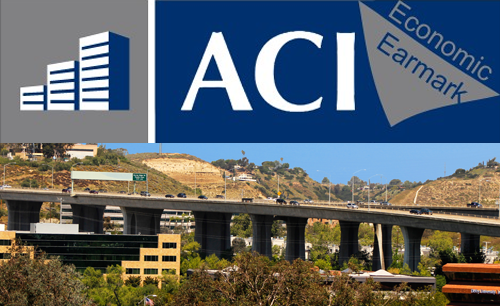Originally posted by
California’s population grew by 0.9 percent last year, according to a report released Monday by the California Department of Finance, making the current statewide population 39,256,000.
San Diego’s city population grew at the same rate as the state, with 1,391,676 residents, up 12,000 for the year.

Population Trends
Elsewhere in the county, Coronado saw a 5.9 percent increase in population, followed by Vista and San Marcos, which grew by 1.4 and 1.3 percent respectively. The slowest growing municipality in the county was Santee, which grew by 104 people for a new total of 56,757.
None of San Diego County’s cities lost population, and the county’s overall growth rate was 0.8 percent, for a new total of 3,288,600.
Out of the top ten cities, Los Angeles, San Jose, San Francisco and Bakersfield outpaced San Diego’s growth, but not by much. Los Angeles grew by 1.3 percent, to San Diego’s 0.9.
That growth pushed Los Angeles over 4 million people, as more than 50,000 people moved to or were born in Los Angeles in 2015. The current population was estimated at 4,031,000.
The largest percentage growth among California cities was in the L.A. County community of Vernon, which grew by 72 percent because of a new housing development. The new total is 210 residents.
Population growth followed existing trends: Southern California and major cities continued to grow, while northern and eastern counties saw declines. The Central Valley cities of Tehachapi and Avenal saw the biggest loss of population, at 4 and 5 percent, respectively.
While population grew overall, housing growth was relatively flat. Wildfires destroyed around 3 percent of the state’s homes in 2015, mainly in unincorporated areas of Lake County and Calaveras County.
San Diego’s housing construction was roughly split between single-family and multi-family units, with each type adding about 1,700 units. San Francisco had slightly more units built last year, and Los Angeles had about six times more — more than 12,000.
The population estimates are used for public planning for the Department of Finance, and play a role in calculating state funding allocations.
This article was originally posted by San Diego Union Tribune and can be found HERE.



